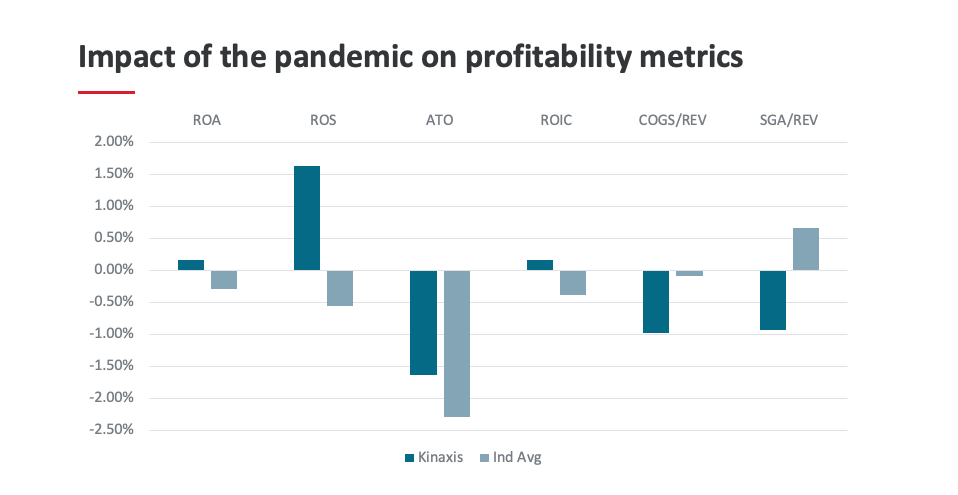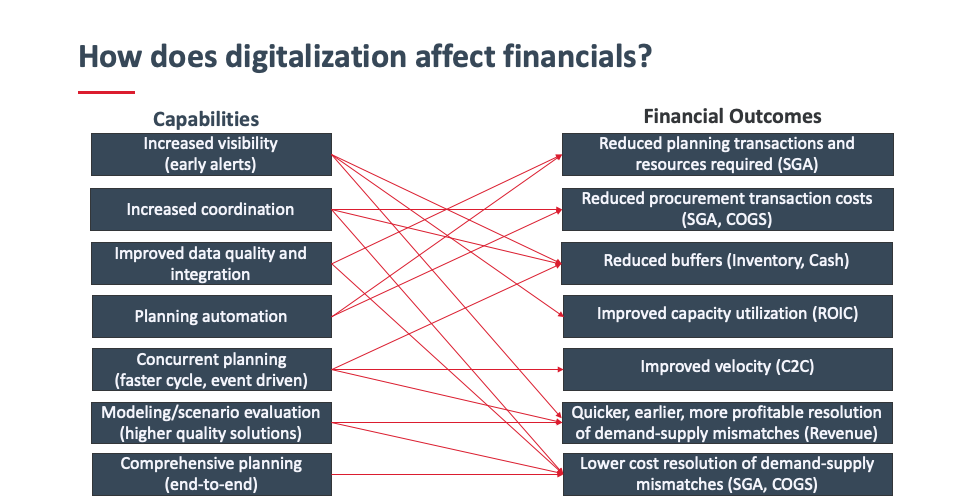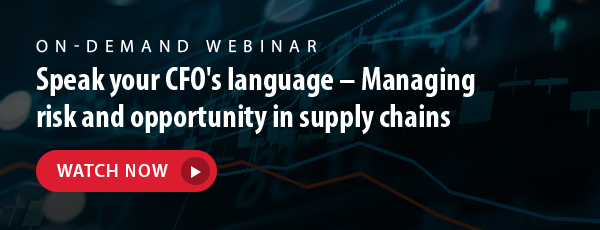Executives live daily with a daunting dual challenge. One part is the need to manage the business through steady-state operations and times of disruption. The other is to create value for shareholders through financial excellence and growth.
At the intersection of these two parts lies the digitalization of supply chain. Through digital transformation, supply chain leaders can begin to develop the capabilities that are already needed to manage disruption, as well as those that will help overcome known obstacles, such as data availability and quality. Layering on top of data is information and insight, which are critical to ensuring that those in supply chain are making the decisions that matter most to the business.
The operational opportunities are evident, so the rationale behind the investment is clear. However, that only solves one part of the executive’s dual challenge. Quantifying the value created through financial excellence has been more difficult, but recent research from Professor Morgan Swink of Texas Christian University now shows the correlation between investing in digital transformation and delivering financial success.
Kinaxis customers outperformed during the pandemic
Using quarterly financial statements for 48 publicly held, North American companies that use Kinaxis for their supply chain planning, Professor Swink conducted what is known as a difference in differences analysis for all of 2019 and the first three quarters of 2020. In that analysis, the 48 companies represented those who have already begun their digital transformation against industry averages for each respective vertical over the corresponding period. Furthermore, the analysis was performed as a pre/post event comparison based upon the declaration of COVID-19 as a global pandemic in Q1 2020.

“These data are very strong. I was quite surprised at the level of positivity in these findings,” Professor Swink said upon sharing his findings. The results were so impressive that among the initial six financial metrics compared, the group of 48 Kinaxis customers, representing the digitally transformed, outperformed their industry averages across the board.
The academically rigorous, statistically significant data shows that while industry averages showed declines after the pandemic declaration in return on assets (ROA), return on sales (ROS) and return on invested capital (ROIC), the Kinaxis users all delivered improvements when compared to the pre-pandemic performance. The largest gap occurred for return on sales, which acts as a measure of operational efficiency, where the Kinaxis group improved by more than 1.5%, while the industry declined by more than 0.5%, leading to an overall performance gap of more than 2%. Costs, as a percentage of revenue, also were an advantage for the group of 48 Kinaxis users as both costs of goods sold and sales, general and administrative costs decreased while industry averages either declined slightly or grew.
Translate supply chain success into the CFO’s main metrics
With an impressive array of data, like the research findings, it becomes critical that supply chain leaders be able to convey the right information to the right people. In the case of what matters most to CFO’s, Professor Swink says, “The two things that every CFO cares about are profit and growth. And from the CFOs perspective, they're looking at ways to invest money to drive profit and growth.”
Therein lies a significant opportunity for supply chains because they have historically struggled with translating operational capabilities into financial success. This carries over to digital transformation, as well. In both cases, the benefits are typically stated in the terms of those desiring the investment, as opposed to the metrics of whomever is making the decision. As Professor Swink stated, “You need to learn what those metrics are and be able to position your proposal in that language just like the other people who are competing for those funds.”

Once the metrics are identified, begin to understand how operational capabilities work as input drivers for them. For example, increased visibility is highly desirable so that supply chains can sense disruptions as it is happening and respond immediately. That alone is a tremendous benefit and it can be tied to financial outcomes such as reduced inventory and cash buffers, improved capacity utilization and lower cost resolution of demand-supply mismatches.
Taking it a step further, the improvements in return on invested capital, and even return on assets, can then be tracked as digitally enabled capabilities are now linked to these financial performance measures. By doing so, the “why an investment is needed” aligns with what it means to the decision maker.
This creates a pivot point for supply chains as Professor Swink suggests that practitioners must be able “to relate structural choices, policies, technology investments, and training and labor investments to the kinds of KPIs that show up on income statements and balance sheets.” This is crucial because “if we really want to speak the language of the CFO we must think beyond those kind of specific operational metrics to think about how our choices affect these larger outcomes.”
To hear more about Professor Swink’s research, watch his on-demand webinar, Speak your CFO's language - Managing risk and opportunity in supply chains.






